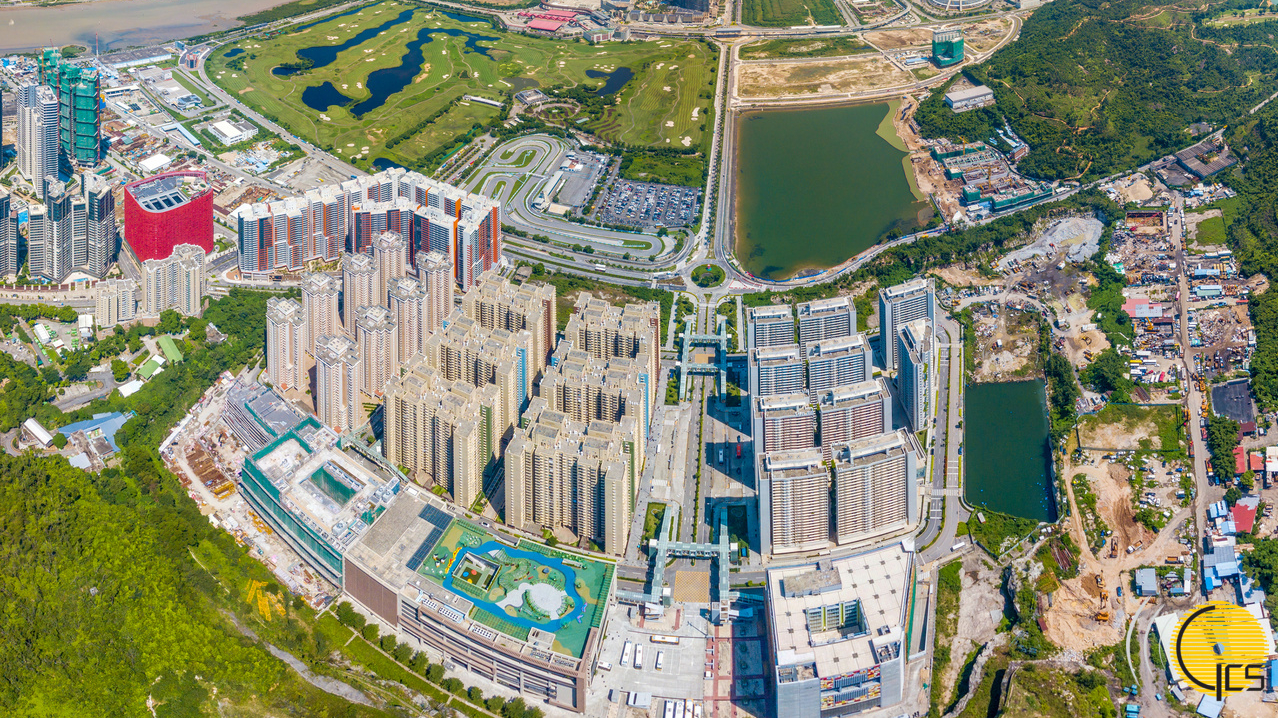
Seac Pai Van social housing complex in Macao, China. /Photo Macao Government Information Bureau
Seac Pai Van social housing complex in Macao, China. /Photo Macao Government Information Bureau
So many changes can happen in a territory over two decades that it is difficult to account for them all. But there are a couple, because of their impact on people's daily lives, that often take center stage. In the case of Macao Special Administrative Region (SAR), transportation and infrastructure stand out.
Traffic is one of the biggest headaches for the general population in Macao. The number of vehicles that has risen 111.93 percent in 20 years in an area that, even though it has grown from 23.8 square kilometers to 32.9, is small for a population of more than 676,100 people. Rising consumer power and the gaming and tourism "boom" enter the equation too.
José Luís de Sales Marques, president of the Institute of European Studies of Macau, told CGTN Digital that "traffic is a problem due to the lack of space."
"There are a lot of cars and big ones too in a city with limited space. Each casino has a bus fleet. This can be solved with the improvement of public transportation, making it more sustainable and environmentally friendly like in the Chinese mainland," he noted.
The long-awaited Macao light rail system opened in the past week. The impact is still unclear, but there are hopes it will help with local mobility.
The following infographic analyzes 20 years of transport and infrastructure development in Macao SAR.
